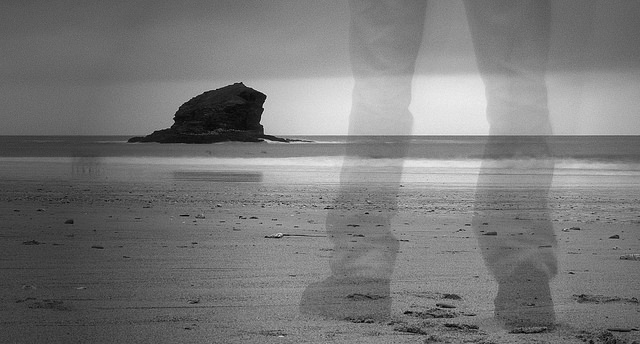We read this Torah portion at the beginning of a new month, Elul. This is the month immediately preceding Rosh Ha-Shanah and the rest of the High Holiday season. Elul has become a time of spiritual preparation for those Days of Awe. Beginning with the first day of Elul the custom has arisen to blow the shofar at morning services in order to shake us up and arouse us spiritually and morally. Rosh Ha-Shanah and Yom Kippur are the most important days of worship for our community. They signal the beginning of a new year with all the profound emotions of soul-searching this entails.
So it is curious to notice that our Torah portion, which includes one of the important discussions of the Jewish calendar, leads us through the Jewish year, from Passover, through Shavuot, and then to Sukkot, with not a single mention of the High Holidays. Neither Rosh Ha-Shanah nor Yom Kippur warrants even a word. How can this be so?
The simple answer is that our Torah portion is interested only in the three pilgrimage festivals of Passover, Shavuot and Sukkot. Only these three festivals were to be observed in the central holy place of the nation (later designated as Jerusalem). It was for these three festivals that every Israelite was commanded to “show up.” (Deut. 16:16) The other holidays, such as Shabbat, New Moon holidays and even Rosh Ha-Shanah and Yom Kippur could be observed anywhere. Even though each of these holy times had special rites performed in their honor in the Temple, all of Israel was not summoned to be there. They could stay at home.
Our community has completely transformed this system. For most of us it is on Rosh Ha-Shanah and Yom Kippur that we feel the command to “show up.” The power of community is most intensely felt as we all crowd into the synagogue. The aura of special holiness is produced, in no small measure, by means of the energy emanating from the congregation. At least, this is how it works for those who are fortunate to be inspired. Others, however, wonder why they are unmoved, bored or alienated by all this burdensome religiosity. If we sincerely seek to taste of the mysterious power of holy community, perhaps we should recognize that we have traded a system that would have us renew that feeling throughout the year, and replaced it with a system that gives us one shot at it for the entire year. Does that increase its effect, or have we lost something in the bargain?
Shabbat Shalom
Rabbi David Greenstein
![]()
Subscribe to Rabbi Greenstein’s weekly d’var Torah
image: “I Was There III” © Martin Brigden used with permission via Creative Commons License.
- Toby Stein: In Memoriam - Thu, Feb 8, 2024
- Faithfulness and Hope: Parashat Sh’lach - Thu, Jun 23, 2022
- Past Their Prime: Parashat B’ha`a lot’kha - Thu, Jun 16, 2022

